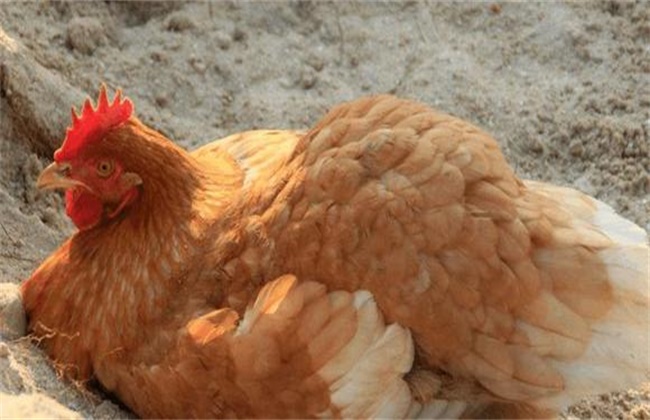Mitigation measures of heat stress in broilers
With the development of intensive chicken industry, there are more and more stress factors, especially in the period of high temperature, normal stress is most proposed, which exceeds the body temperature regulation ability of broilers, resulting in a series of stress, which is called heat stress. In the case of high temperature and high feeding density, heat stress is more common, normal immunity decreases, morbidity and mortality increases, which brings huge losses to broiler breeding. So how to slow heat stress? Come and have a look with the editor.
1. Attach importance to drinking water
Heat stress in broilers is that drinking water is an extremely important factor. During heat stress, more than 80% of heat production in broilers is emitted by evaporation, while drinking water can increase survival. Increasing the intake of dry sodium chloride water or decreasing the water temperature can reduce the heat stress response. The salting of drinking water and the temperature of drinking water are obviously complementary. However, the drinking water temperature is lower than the body temperature of broilers, and the addition of appropriate amount of salt can significantly increase the amount of drinking water and growth rate, and relieve heat stress.
2. Reduce the feeding density
Before the advent of the high temperature season, some sparse groups should be carried out according to the feeding mode, such as reasonable conversion, merging and elimination, and arrange the feeding density. Flat flocks of chickens should not be too large, as far as possible to avoid flock transfer, transportation and other activities, if necessary, should also choose cloudy days or the morning and evening when the weather is cool.
3. Strengthen ventilation
To increase the ventilation of the chicken house and reduce solar radiation, we can start with the building materials of the chicken house, use materials with good thermal insulation, hang the ceiling with fibreboard, paint the walls white, and plant trees and lawns around the chicken cottage. these measures are conducive to reducing the entry of external radiation into the chicken coop. The intensification of modern chicken farms is more serious, so it is important to do a good job in ventilation and cooling to prevent heat stress in broilers. The simplest ventilation method is the safety electric fan. When the chicken house is less than 40 degrees, increasing the wind speed is conducive to collective heat dissipation. In addition, watering or spraying atomization devices can be used on the roof of the chicken house, which can increase the evaporation and heat dissipation of the roof and ease the heat transfer of the roof to the house.
4. Adjust the nutrition level reasonably.
Reducing the protein content in the diet and maintaining the necessary amino acid level can improve the growth rate and survival rate of broilers. Fat is the nutrient with the lowest heat increase, and the proportion of essential fatty acids in feed should be properly adjusted. Fat was used to replace part of carbohydrates in order to increase the energy concentration of feed and improve the adaptability of broilers during heat stress. In addition, the excretion of various minerals in broilers increases during heat stress, so it needs to be maintained in the field in time to meet the needs of the body and alleviate the adverse reactions caused by heat stress.
The above is the introduction of the mitigation measures of heat stress in broilers. I hope it can help you. If you want to know more about it, please follow us.
Related
- On the eggshell is a badge full of pride. British Poultry Egg Market and Consumer observation
- British study: 72% of Britons are willing to buy native eggs raised by insects
- Guidelines for friendly egg production revised the increase of space in chicken sheds can not be forced to change feathers and lay eggs.
- Risk of delay in customs clearance Australia suspends lobster exports to China
- Pig semen-the Vector of virus Transmission (4)
- Pig semen-the Vector of virus Transmission (3)
- Five common causes of difficult control of classical swine fever in clinic and their countermeasures
- Foot-and-mouth disease is the most effective way to prevent it!
- PED is the number one killer of piglets and has to be guarded against in autumn and winter.
- What is "yellow fat pig"? Have you ever heard the pig collector talk about "yellow fat pig"?



